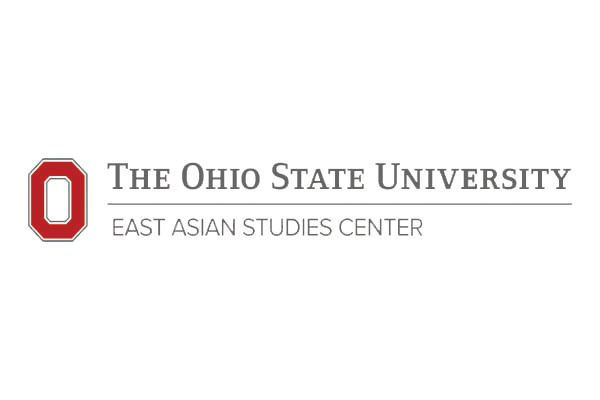
The East Asian Studies Center at The Ohio State University presents a Sijo Student Competition for K-12 students in Ohio and Kentucky to honor the traditional Korean form of poetry by introducing it to students. New to Sijo? No problem, materials available to help students write Sijo poetry. Online workshops available Asynchronous and Synchronous January 25 open to any teacher in any state. Website for all Sijo programs: Link.
Deadline: April 1, 2023
RULES:
- Open to Ohio & Kentucky K-12 students.
- Students create original Sijo poem.
- Submit one Sijo poem online by April 1, 2023.
- Winners notified in April 2023.
DIVISIONS:
- High School (grades 9-12)
- Elementary/Middle School (grades K-8)
PRIZES:
- First Place: $250
- Runner(s) Up: $150
- Prizes awarded at the judges' discretion.
- Teachers of place winners will receive $100 of Korea-related materials.
Learn more about Sijo: Sijo Introduction (link to google slides)
Flyer: Sijo Student Competition Flyer
Notes about Sijo:
Sijo (pronounced SHEE-JO) is a form of Korean poetry that was sung in three lines. The first line introduces the theme or question, the second line answers the theme or question and the last line has a twist for the end. There are a total of 44-46 syllables total, with 14-16 per line broken up in sections. Each line has a pause in the middle with smaller pauses between the other sections. Lines 1 and 2 have similar syllable count (3-4-3-4 syllables per section) and content, Line 3 has a different syllable count (3-5-4-3 per section) and content (twist). There is some variation in syllable count per line. As each line can be long, they are sometimes broken up into two. More details at Sijo Introduction.
EXAMPLE:
“Love,” It is a lying word.
That you love me, another lie.
“The loved one is seen in dreams.”
That is still a greater lie.
How can I, who can never sleep,
hope to see you in my dreams?
-Kim Sangyong (1561-1637)
Coordinated by the East Asian Studies Center (EASC) at The Ohio State University. Sponsors: EASC and a U.S. Department of Education Title VI grant to the East Asian Studies Center at The Ohio State University.
